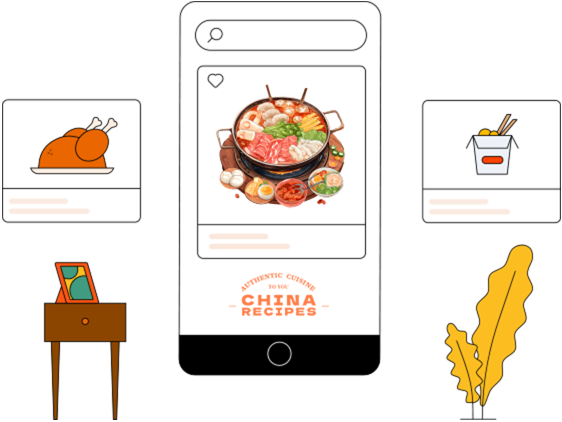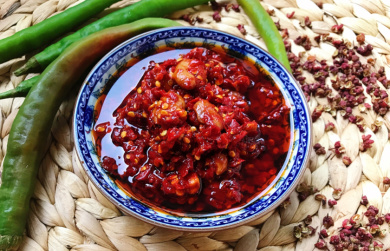Understanding the Process: To Boil Meaning in Cooking
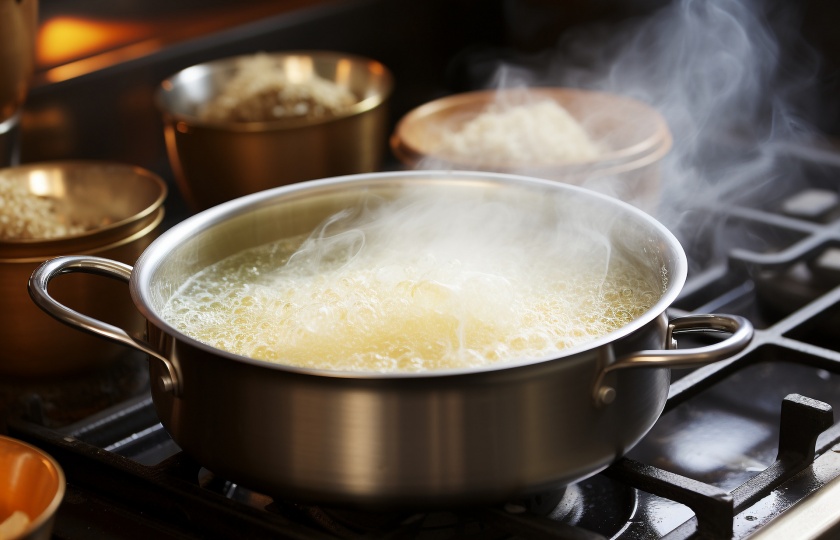
When cooking noodles, it's important to wait for the water to come to a boil before adding the noodles, or the noodles may turn out poorly. But do you know what boiling means in cooking? Let’s dive into this topic today!
To boil meaning in cooking
Boiling plays a crucial role in cooking and is an essential step. It typically refers to heating ingredients and liquid (such as water, broth, or milk) to the boiling point. Under standard atmospheric pressure, the boiling point of water is 100°C. During the boiling process, both the surface and the interior of the liquid undergo vigorous vaporization, creating a large number of bubbles. This helps cook and soften the ingredients while releasing their flavors and nutrients.
In different dishes, boiling serves various purposes. For example, boiling vegetables helps them cook faster while preserving their color and nutrients. Boiling meat helps remove unwanted odors and enhances tenderness. Boiling is also commonly used to prepare soups, sauces, or to pre-cook certain ingredients (like beans and seafood).
In general, boiling is a process of using high heat to transform and cook ingredients, and it plays a very important role in cooking.
What is the meaning of food boil?
Simply put, boiling food means placing the ingredients into a heatable container, such as a pot, and adding an appropriate amount of liquid (water, broth, wine, etc.). Then, heat it using a stove or induction cooker until the liquid reaches a state where large bubbles continuously form and rise to the surface. When the liquid reaches this boiling point (usually 100°C under standard atmospheric pressure), this process is considered boiling.
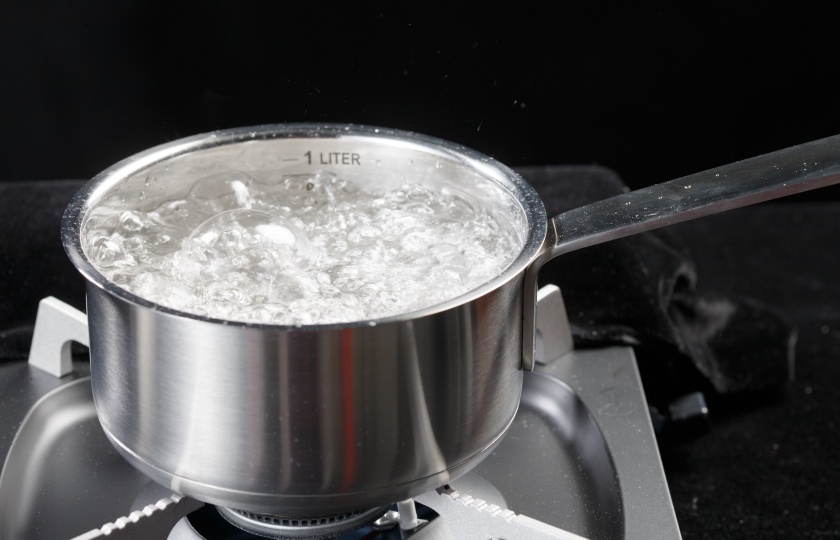
In terms of cooking effects, boiling brings about many wonderful changes in food. It can quickly heat the ingredients and reduce cooking time. For instance, when boiling eggs, placing them in boiling water will cook them quickly, while heating them slowly over low heat takes much longer.
On the other hand, boiling helps release nutrients from ingredients. When boiling vegetables, water-soluble vitamins and minerals dissolve into the broth. While some nutrients may be lost in the boiling process, consuming the broth can help preserve these nutrients.
Boiling also affects the texture of food. For example, boiling noodles in water allows them to cook quickly and evenly, making them firm and elastic, providing an excellent texture. If the water isn’t hot enough, the noodles may remain undercooked and have an unpleasant texture.
Additionally, boiling can act as a sterilization process. When boiling meat or seafood, the high temperature kills any bacteria or parasites, making the food safer to eat.
How to know when water is boiling in kettle?
There are several ways to determine if the water is boiling:
Look for bubbles: The most intuitive method is to observe the bubbles. As the water heats up, bubbles will begin to form at the bottom of the kettle. Initially, there will be only a few, but as the temperature rises, more bubbles will form. This is a clear sign that the water is boiling.
Listen for sound: You can also listen to the sound of the boiling water. When heating up, you’ll hear a slight “hissing” sound, caused by the air and water vapor forming small bubbles that break apart in the water. As the temperature increases, the sound will intensify, becoming a “gurgling” noise. When the water is fully boiling, this sound will be continuous and even, indicating that it has reached the boiling point.
Look for steam: When water is boiling, it produces a significant amount of steam. If you see a lot of white steam coming out of the kettle and it continues to flow out forcefully, it’s a sign that the water has reached boiling point. Only when the water reaches its boiling point does vaporization occur so vigorously.
Use a thermometer: If you're unsure, using a thermometer is the most precise method. Just place the thermometer probe into the water, ensuring it doesn’t touch the bottom or sides of the kettle, as this may affect the accuracy of the measurement. When the thermometer reads 100°C (at standard atmospheric pressure), the water is boiling. However, note that the boiling point of water varies with altitude. At higher altitudes, the boiling point is lower than 100°C due to lower atmospheric pressure.
Boil vs. Simmer: What's the Difference?
There are several key differences between boiling and simmering:
Cooking method:
Boiling refers to cooking ingredients quickly in water on high heat, bringing the water to a rapid boil. This method is typically used for foods that cook quickly, such as vegetables and noodles.
Simmering involves cooking food in a liquid at a lower temperature, usually after bringing it to a boil and then reducing the heat. This is ideal for ingredients like meats or beans, which require longer cooking times to become tender and flavorful.
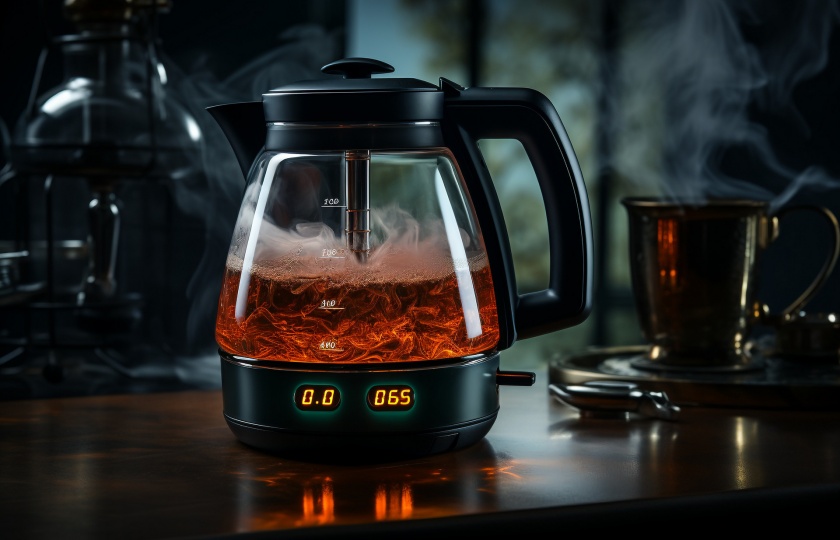
Cooking time:
Boiling takes less time—typically just a few minutes to 15 minutes—such as boiling noodles or eggs.
Simmering requires more time, often from 30 minutes to several hours, as in simmering ribs or braising pork.
Heat level:
Boiling is done on high heat to quickly bring the liquid to a boil and cook the food. For instance, when boiling dumplings, high heat keeps the water vigorously bubbling, preventing the dumplings from sticking together.
Simmering involves starting on high heat to bring the liquid to a boil, then lowering the heat to maintain a gentle simmer. This slow cooking process allows flavors to develop and ingredients to soften evenly.
Water amount:
Boiling generally requires just enough water to cover the food, or slightly more. For example, when boiling vegetables, you don’t need too much water, as excess water will dilute the flavor and nutrients.
Simmering requires more water, as the ingredients need to be fully submerged to ensure even cooking. Since simmering takes longer, the water level should be high enough to prevent it from evaporating too much.
Food texture:
Boiling keeps the food’s shape relatively intact, and the texture may be firm or slightly crisp. For instance, boiled corn remains plump and tender.
Simmering results in food that is soft and tender. For example, simmered beef becomes melt-in-your-mouth tender, and the broth becomes rich and flavorful.
Flavor and nutrition:
Boiling preserves the fresh taste of the ingredients, but some nutrients may leach into the water.
Simmering extracts more flavors from the ingredients into the broth, and longer cooking times help retain nutrients, especially from meats and root vegetables.
How to Boil and Simmer, The Right Way?
Proper Boiling:
Choose the right ingredients and cookware: Use the appropriate pot for the food you’re boiling. For instance, a regular pot is fine for noodles or dumplings, while a larger pot is needed for boiling a whole chicken.
Control the water level: Generally, you want enough water to just cover the ingredients or slightly more. For beans or other foods that absorb water, use more water. For dumplings, use just enough to allow them to float freely while cooking.
Control heat and timing: Start with high heat to bring the water to a rapid boil, then adjust the heat based on the food you’re cooking. For eggs, once the water boils, reduce to medium heat for 5–7 minutes. For noodles, add them to boiling water, then bring it back to a boil, and repeat once or twice to ensure even cooking.
Add seasoning appropriately: Add salt, oil, or other seasonings during the cooking process. For example, adding a little salt and oil when boiling vegetables will help them maintain their color and improve texture. However, for meats, it’s best to add salt toward the end to avoid tightening the meat.
Proper Simmering:
Choose the right ingredients and pot: For simmering meats, beans, or other long-cooking ingredients, choose a pot that distributes heat evenly, like a slow cooker or a heavy-bottomed pot.
Pre-treat ingredients: Meats should be blanched in boiling water to remove impurities. Vegetables should be cut into appropriate sizes, and root vegetables should be cut larger to prevent overcooking.
Follow the simmering steps: After preparing the ingredients, place them in the pot, add enough water to fully cover them, and bring it to a boil over high heat. Then, lower the heat to maintain a gentle simmer.
Seasoning tips: For longer simmering times, season earlier in the process. However, add salt closer to the end to prevent it from toughening the proteins, and be mindful of other seasonings like soy sauce, star anise, and cinnamon to balance the flavors.
Definition of Braising in Cooking
"Braising" is a gentler cooking method that falls between boiling and simmering. The key feature is cooking food over low heat for an extended period, allowing it to soften and absorb flavors. Braising helps the ingredients soak up the taste of the broth, resulting in tender, flavorful dishes.
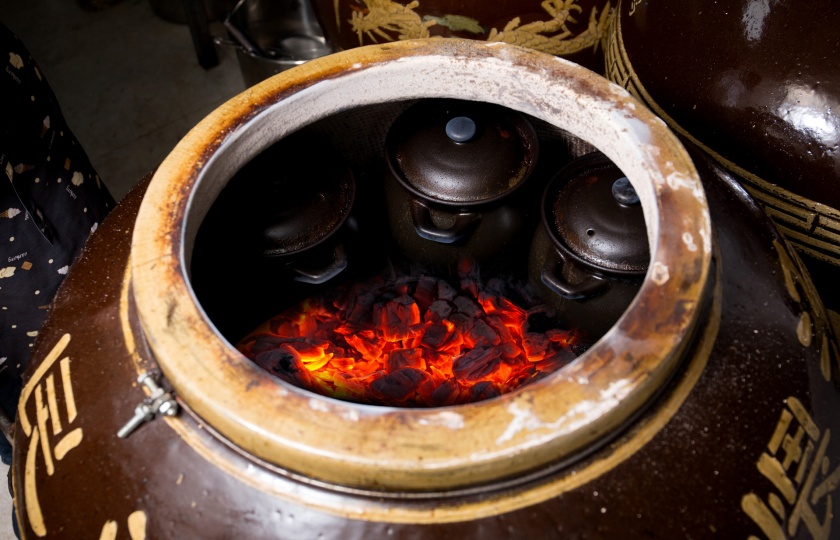
Common examples of braised dishes include clay pot soups and braised chicken in ceramic pots. These dishes benefit from long cooking times, which allow the flavors to develop and nutrients to be preserved.





